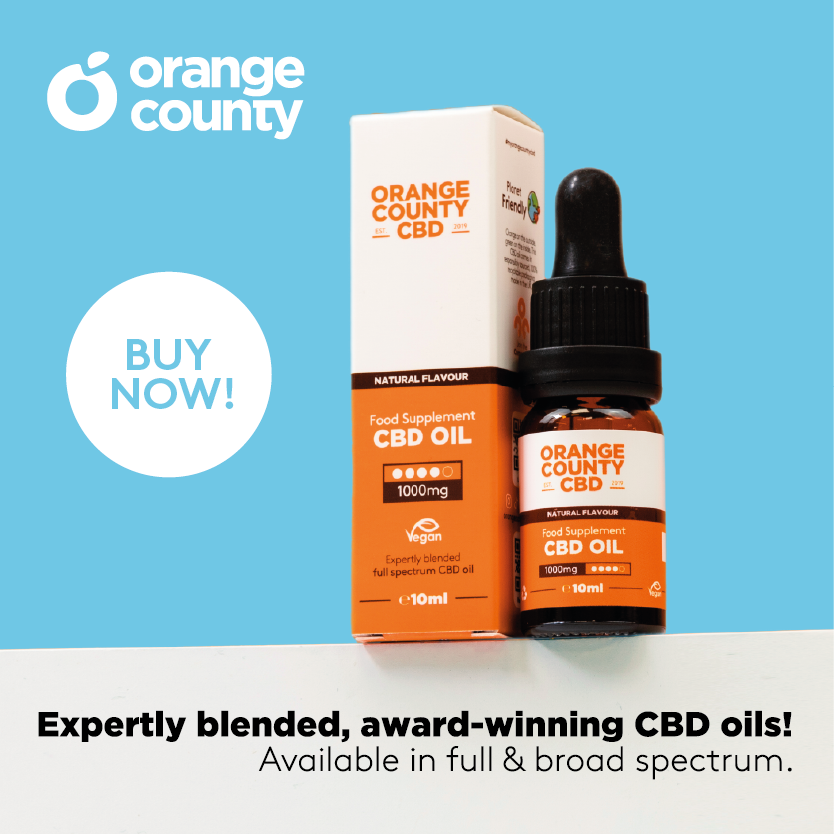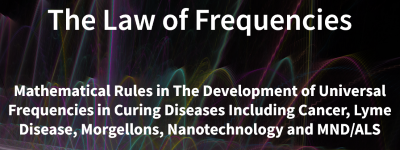Sunlight is a nutrient
Mon 6:02 am +01:00, 3 Jul 2023Outdoor Workers Have Lower Breast Cancer Risk
The idea that the more time you spend in the sun, the higher your risk of skin cancer becomes is also misleading — and far from black and white. A 2021 study published in the BMJ Occupational & Environmental Medicine9 found no association between a history of working outdoors and breast cancer. Further, after the age of 50, more solar ultraviolet B radiation (UVR) was associated with a lower risk of breast cancer.
“The findings indicate that long-term UVR may decrease the risk of late-onset breast cancer,” the study found, adding, “Advice about regularly spending a short period of time outside in the sun could be considered especially for female indoor workers.”10 A 2023 systematic review similarly found no increased risk of developing cutaneous melanoma among people who primarily work outdoors.11
The Times statement that a tan is unsafe is also misleading, because melanin, the substance that makes your skin look darker after sun exposure, is intended to help prevent sunburn. This is why intermittent sun exposure — occasional exposure followed by many days or weeks of little to no exposure — tends to be more problematic than regular, frequent sun exposure, as you’re more likely to burn and cause DNA damage in your skin.
Regular exposure, on the other hand, ameliorates this risk, as it engages innate adaptive systems in your skin, your melanin in particular, that are explicitly designed to prevent DNA damage from UV light exposure. In my interview with Ari Whitten, author of “The Ultimate Guide to Red Light Therapy,” she explained:
“So, we have this system built into our bodies that’s designed to allow us to get all these benefits of sunlight without the DNA damage and the increased skin cancer risk. Framing light as a nutrient is the best way of understanding this.
Just as we require adequate nutrients from the food we eat, just as our bodies require physical movement to express normal cell function, we also require adequate light exposure to express normal cell function. The absence of that exposure to sunlight creates abnormal cell function. And there are myriad mechanisms through which this occurs.
Vitamin D is obviously the most well-known one that regulates over 2,000 genes related to immune health, musculoskeletal health and many other things. But there are many other mechanisms [as well].”
Skin Cancer Is Linked to Linoleic Acid
Regarding the seed oils quip in The Times, it’s ironic they mentioned it, because linoleic acid (LA), the primary fat found in polyunsaturated fats, including vegetable/seed oils, is linked to melanoma.
In a 1987 study,12 samples of fat tissue were taken from 100 melanoma patients and 100 people without melanoma and analyzed for fatty acids. Not only is there an increase in linoleic acid in the tissue of all the subjects, but the percentage of polyunsaturated fatty acids (PUFAs) is significantly higher in the melanoma patients’ tissue.
“The suggestion is made that increased consumption of dietary polyunsaturates may have a contributory effect in the etiology of melanoma,” the researchers concluded.13 Further, high LA intake can raise your risk for sunburn, which you don’t want, as that’s what contributes to skin cancer.
Eliminating seed oils from your diet will dramatically reduce your risk of sunburn and skin cancer, as susceptibility to UV radiation damage is controlled by the level of PUFAs in your diet. It’s almost like a dial. The PUFAs control how rapidly your skin burns, and how rapidly you develop skin cancer. According to Saladino:14
“Is it possible that increased linoleic acid consumption could be causing fragility to cell membranes and that could be leading to oxidative damage in the sun leading to DNA damage and then more melanocytic nevi precursor lesions or melanoma or could the same thing be happening with squamous and basal?
I would say yes. It’s not supported by literature yet because there haven’t been any studies looking at this. We need many more studies with linoleic acid … I have major concerns that linoleic acid found in seed oils is one of the biggest drivers of chronic disease in humans.”
Nonburning Sun Exposure ‘Is a Health Benefit’
The health risks of sun exposure come from getting burned, i.e., overexposure. “Since ‘over exposure’ is not defined, the public is led to believe that sun exposure should be avoided and that avoidance of sun exposure is risk-free,” researchers with Medical University of South Carolina and Leiden University Medical Center in The Netherlands wrote in 2018.15
In fact, there’s a vast array of benefits from sunshine, which you miss out on if you don’t get enough. This goes far beyond vitamin D, which likely serves as a marker of sun exposure but isn’t solely responsible for all of its benefits. A commentary in the International Journal of Environmental Research and Public Health explained:16
“Identified mediators produced by sun exposure include vitamin D, nitric oxide, dopamine, beta-endorphin, urocanic acid, and glutamate. Vitamin D supplementation is not an adequate substitute for sun exposure … Our conclusion is that non-burning UV exposure is a health benefit and — in moderation — should be recommended as such.”
For instance, sun exposure increases circulating nitric oxide, which lowers risks of high blood pressure and cardiovascular diseases.17 Health risks associated with low sun exposure, meanwhile, include:18
| Specific cancers | Multiple sclerosis |
| Diabetes | Cardiovascular disease |
| Autism | Alzheimer’s disease |
| Age-related macular degeneration |
Also, if you get proper sun exposure, near-infrared rays from the sun penetrate deep into your body and activate cytochrome c oxidase, which in turn stimulates the production of melatonin inside your mitochondria. Your mitochondria produce ATP, the energy currency of your body. A byproduct of this ATP production is reactive oxidative species (ROS), which are responsible for oxidative stress.
Excessive amounts of ROS will damage the mitochondria, contributing to suboptimal health, inflammation and chronic health conditions such as diabetes, obesity and thrombosis (blood clots). But melatonin essentially mops up ROS that damage your mitochondria.
So by getting plenty of sun exposure during the day, your mitochondria will be bathed in melatonin, thereby reducing oxidative stress.19,20 Exposure to narrow bank ultraviolet B, or NB-UVB, even leads to another little-known benefit — modulation of the human intestinal microbiome.21
Recommendations for Safe, Sensible Sun Exposure
To gain the benefits of sunlight while minimizing the risks, you should spend short amounts of time in the sun daily, gradually working your way up so you don’t get burned. Saladino refers to this as building your solar callus:22
“If you are light skin, cover up, get a small amount of sun exposure, develop your solar callus … get that UVA and UVB into the different layers of your skin. Get that UVB-producing melanin gradually dark and gradually think about being in the sun.
As a piece of homework that is my prescription for you, get into the sun gradually … this is your chance to fill up your sun reserves … If you’re going to be out in the sun too long to safely be in the sun without burning based on your relative amount of melanin in your skin, then cover yourself.”
Meanwhile, remember to reduce LA in your diet by avoiding ultraprocessed foods, and build up your body’s supply of nutrients, like astaxanthin, that have UV protective activity, helping to reduce your risk of sunburn and related skin damage from the inside out.
Why The New York Times Advises Complete Avoidance of Sunshine (mercola.com)











